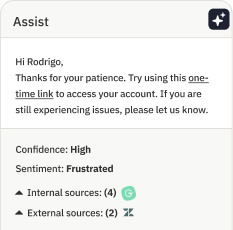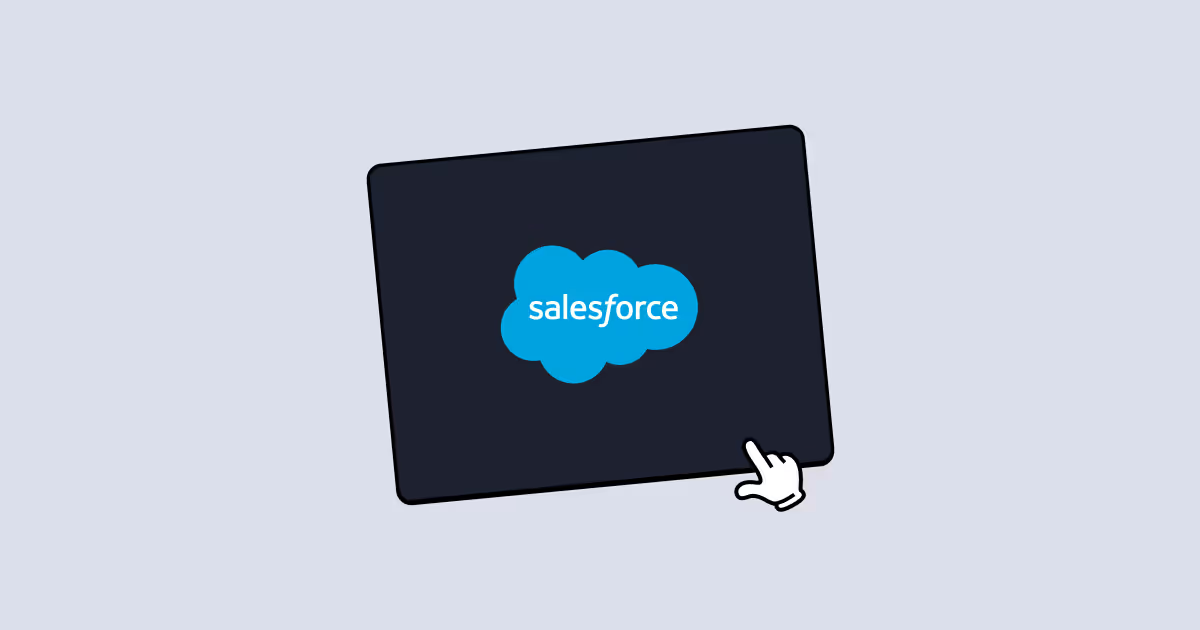Best Workforce Management Software - Assembled

Best Workforce Management Software
Nowadays, workforces are more physically disconnected and remote than they have ever been before — making effective workforce management even more important. If companies are unable to effectively manage their workforces, they won’t be able to make sure that every piece is pointed in the right direction. This is where workforce management software is so helpful. Put simply, workforce management software is a tool that businesses can use to ensure that all of their employees are on the same page. It also provides managers with all the tools they need to ensure that their staffing ratios are appropriate. When companies are looking for the best workforce management software, there are a few key features to keep in mind.
One of the most important features of workforce management software is the ability to track time and attendance. Obviously, one of the most time-consuming clerical tasks when it comes to managing a workforce involves tracking attendance and making sure that all of the employees are showing up when they should. Workforce management software makes it easy to track time and attendance and make sure that all needs are met.
Along with time and attendance tracking, workforce management software also allows managers to schedule their employees. Labor scheduling is a major issue with workforce management. For example: some employees might call in sick, while others might end up taking vacations. There are even some fields that need to have employees scheduled 24 hours per day, 7 days per week. It can take an entire department just to have enough resources to manage workforce schedules. This is another area in which workforce management software can be so incredibly helpful.
Finally, there are also labor law issues that pop up. It is critical for all companies to make sure they are in compliance with the most up-to-date rules and regulations. It can be hard for businesses to make sure they are able to keep up with these regulations. This is just another area where workforce management software can be helpful. By automatically updating to include the latest regulations, businesses will now be able to remain in compliance with all the current labor laws, which will help them avoid serious fines and penalties.
Workforce Management Call Center Software
When it comes to call center workforce management software, there are several ways in which it can be helpful. When looking at call center workforce management best practices, it is critical that you appropriately leverage your contingent workforce management software. For example: when looking at call center workforce management software, one of the best practices involves scheduling customer service representatives.
For instance: call centers need to make sure they have enough people on hand to work the phones; however, call centers also do not want to pay people to work if they are not absolutely necessary. When using call center workforce management software, it is possible to take a look at the historical data. And from there, call centers can then begin to anticipate their needs well in advance, always making sure that they have enough people to work the phones.
The largest way in which call center workforce management software is different from other systems is that it allows for staffing optimization — even across 24 hour per day, 7 day per week scheduling. Therefore, call center workforce management software is designed specifically for situations in which companies are going to have to have employees working every minute of every day. This is just another way in which call center workforce management software is so crucial.
Field Service Workforce Management Software
Another important type of workforce management software is field service management software, which is a form of software that has been specifically created to help companies manage their field workers (workers who need to be on-site in order to complete their work). For example: this could include companies that have sales representatives who are traveling, contractors who are completing renovations, or technicians who are completing repairs.
When looking at enterprise workforce management software, it’s important to note that field service management software is different from other types of workforce management software that are commonly used in an office or call center environment. First, because employees are going to be traveling from place to place, field service management software has to include travel time as workers are on the move. Additionally, field service management software can be used to direct employees, helping them to get around roadblocks, construction issues, and accidents. Furthermore, field service management software can also be used to update employee schedules, in case someone gets held up somewhere. With a mobile workforce app, field service management software becomes even more effective.
If employees have to fly from place to place, then field service management software becomes even more important than ever, as the act of managing flight schedules is significantly more involved than simply managing employees who are on the road. Therefore, for companies that have employees in the field, field service management software is going to be absolutely essential.
Workforce Management Software For Mobile
Today, there are more employees who want to work remotely than there have ever been in history. Therefore, it is critical for companies to make sure they are able to handle remote workforces. When looking at remote workers (as compared to in-person workers), the biggest difference between the two has to do with communication. It is harder to keep employees on the same page if they are not physically present in the office. This is where mobile workforce management software is so key.
If someone is working remotely, then mobile workforce software is going to be essential. When looking at a mobile workforce management system, there are certain files that employees might need to access remotely, that they would otherwise not need to access if they were in the office. First, employees might have files stored locally on their work computers, making it much easier for them to access what they need. When they are working remotely, they might need to use an entire mobile workforce solutions set in order to even access local files.
Second, many employees have desk references set up, or will otherwise simply look around the corner for help, if they are working in-person. However, these safety nets are not there when employees work remotely, so mobile workforce management software is essential. In this manner, the greatest ability of mobile workforce management software is to keep employees on the same page, even if they are working from home.
Workforce Management Software Tools
When it comes to a comprehensive workforce management services package, the key thing it needs to include is the right workforce management tools. Workforce software should be able to make everyone’s life easier, which is exactly where workforce software integrations are so helpful.
When looking at workforce management tools, there are a few physical examples, such as templates and charts. On the other hand, workforce management tools can even take the form of digital tools. First, it is important to use workforce management tools that provide managers with access to flexible scheduling options. This can automate many of the tasks that used to be performed by hand. Second, workforce management tools should also be able to send alerts to managers in real time, whenever something changes or requires their attention. And finally, workforce management tools also need to be customizable. They have to have the flexibility to be tailored to meet the needs of the industry. There are a few important workforce management tools to keep in mind.
Time And Attendance Workforce Management Software
One of the most important types of hourly workforce management software involves workforce time and attendance. Countless hours are often spent on planning workforce schedules. Therefore, it is critical to leverage advanced software programs that are going to help managers handle their workforce time and attendance issues.
Some of the tools workforce time and attendance specialists need to search for include:
- Look for workforce tools that can help companies handle their hourly scheduling needs.
- For industries that have a call schedule (such as medicine), this tool needs to be flexible enough to abide by work-hour limits, while at the same time making sure that there are enough people scheduled to work every shift.
- When it comes to workforce time and attendance, the tools also have to be able to handle sick days and vacation requests.
- Workforce time and attendance tools should allow employees to switch shifts (within reason) without requiring the time of the manager.
- And finally, workforce time and attendance tools should also be able to track hours automatically and then report them in compliance with labor laws. This will make life a lot easier for managers.
Workforce Management Planning Software
It is also important to discuss workforce planning software. This is different from workforce scheduling software (which handles employee shift assignments) and forecasting software (which is used to forecast how many people are going to be needed at any given time).
When looking at this workforce management system, workforce planning software is often used to identify the gaps that are currently present in a company’s workforce, and then identify people with the right skills to fill these gaps. This is critically important in the customer service industry for recruiting top talent, as well as other industries in which tracking KPIs is crucial.
While having a free workforce scheduling software is a fantastic place to start, workforce planning software also has to be a part of the system. This tool is important for ensuring that companies are always getting the most out of their workforces. By placing the right people in the correct positions to succeed, everything is made significantly easier. For this very reason, workforce planning software is a vital part of the entire workforce management system. It has the potential to increase business productivity, while at the same time reducing the frequency of mistakes, therefore allowing businesses to remain competitive and succeed.




